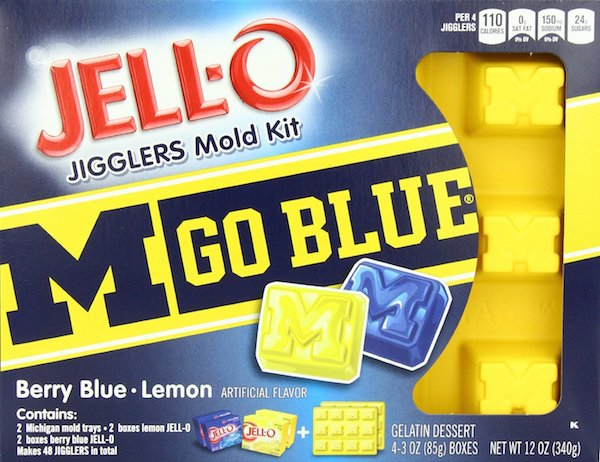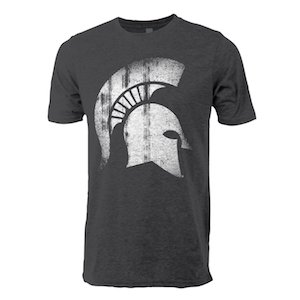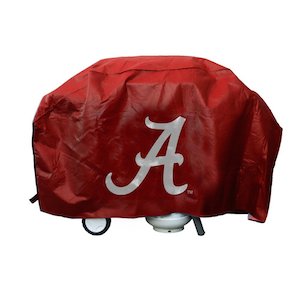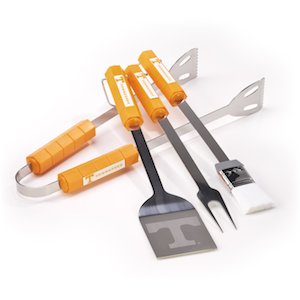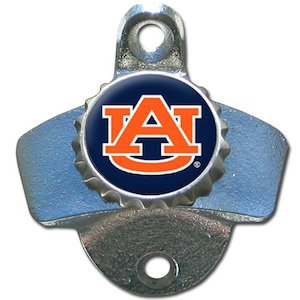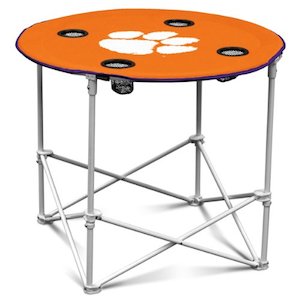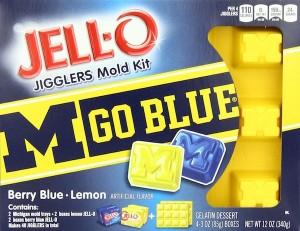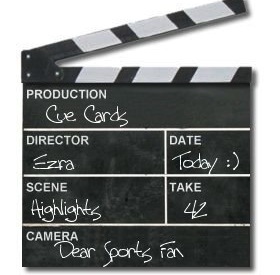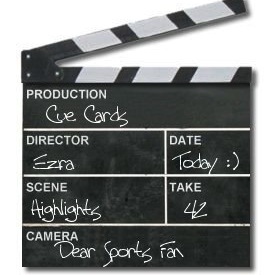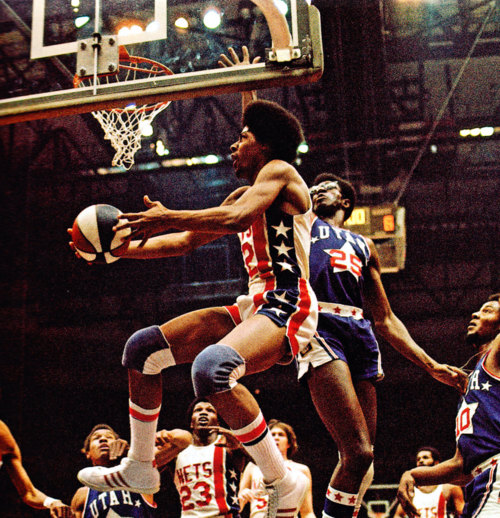Dear Sports Fan,
Why doesn’t anyone watch men’s college baseball? I think it’s because the format of their tournament is impossible to understand. I might watch it if I understood how it works. Could you tell me? How does the men’s college baseball World Series work?
Thanks,
Stacy
Dear Stacy,
Men’s college baseball often gets a bad rap. This is partially because professional baseball has an extensive minor league system that snaps up many of the future professional baseball players before they hit college. Losing these players robs college baseball of the air of elite competition that college football and basketball still have. Another factor certainly is persistent slight confusion around how a championship team is determined. The men’s college World Series follows a more complex format than most competitions we’re used to watching, but it’s not beyond our understanding by any means. Here’s how it works.
The tournament begins, like March Madness, the college basketball tournament does, with 64 teams. In the baseball championship, these teams are split into 16 groups of four teams each. These groups of four teams will play each other until one can be identified as the winner of the group. That team moves on to the next round of the tournament. This round, with 64 teams is called the Regional. The next round, with only 16 teams is called the Super Regional. Although groups of four are reminiscent of the men’s World Cup and the women’s World Cup in soccer, there are two major differences. Instead of two or three teams advancing from the group of four, as in the World Cup, only one team advances. Also, the format of competition is different. Instead of a round robing, where each team plays the others once, this part of the college baseball championships are played as a double elimination tournament.
The principle of double-elimination is simple. The teams play each other until every team but one has lost twice. As teams accrue their second defeats, they are eliminated from the tournament. Pretty easy, right? The only tricky part is how to decide who plays who. Within each group, the four teams are ranked or seeded from one to four. This allows the succeeding games to be played out formulaically.
- Game 1: Team 1 plays Team 4
- Game 2: Team 2 plays Team 3
- Game 3: The winner of Game 1 plays the winner of Game 2
- Game 4: The loser of Game 1 plays the loser of Game 2
- Game 5: The loser of Game 3 plays the winner of Game 4
- Game 6: The winner of Game 3 plays the winner of Game 5. Note that at this point, the winner of Game 3 is, by definition, undefeated. They won the first game they played — either Game 1 or Game 2 — and then won the matchup between themselves and the winner of the other of the first two games. Their opponent in this game has to have lost a single game before. In order to play in and win Game 5 to qualify for this game, they would have had to either lose Game 1 or 2 (and win Game 4) or lose Game 3. That’s all just a complicated way to say that this game, Game 6 is between a team with one loss and a team with zero losses. If the team that comes into this game with one loss, loses, then the regional is over. Every team will have lost two games. If they win, then both teams involved will only have one loss and another game, Game 7, must be played to decide who advances.
- Game 7: The same two teams as Game 6, if needed to decide a regional champion.
For bonus confusion, seeing “Game 7, if needed” triggers thoughts in a sports fan’s mind of a best-four-out-of-seven series. This is the most common playoff format, used in professional baseball, hockey, and basketball. In that format, Game 7s may not be needed if one team beats the other four times in the first four, five, or six games. That’s why you’ll also see “Game 5, if needed” or “Game 6, if needed) in those sports. Never in college baseball’s regionals — in the double elimination format within groups of four teams, only the seventh game is dependent on earlier results to be necessary. The first six will always be played.
After the Regional round, the teams advance to the Super Regionals. In the Super Regionals, the 16 remaining teams are grouped into pairings of two teams each. These pairings are pre-set before the tournament, the winner of Group A will play the winner of Group B, no matter who those winners are. Within each pairing, the teams play a best-two-out-of-three series. In a sense, this is still a double elimination format, but it’s not unusual in the way the Regional round format was. Best-two-out-of-three is easily understood. It’s how many people settled sibling or friendly disputes as kids, with rock-paper-scissors or odds and evens.
The Super Regional best-two-out-of-three series get the field from 16 to eight teams. From there, the tournament enters the College World Series. This eight team tournament within a tournament follows the same pattern as the last two rounds, just with fewer teams. First, the eight teams are split into two groups of four. Within those groups, the teams play a double-elimination tournament like they did in the Regional round above. Once this is done, six more teams (three in each group of four) will have been eliminated. The remaining two teams face each other in a best-two-out-of-three game series to crown an overall men’s college World Series champion.
This year, 2015, those two teams are Virginia and Vanderbilt — the same two teams as last year. The series starts tonight, Monday, June 22 at 7 p.m. ET on ESPN. Game 2 will be Tuesday at the same time and channel and Game Three (if needed) will be on Wednesday at the same time and channel. Last year, Vanderbilt won the first game 9-8, lost the second 2-7, but won the third and deciding game, 3-2 to become the 2014 champion. Only time will tell if they can repeat or if Virginia will take their revenge.
Thanks for reading,
Ezra Fischer


